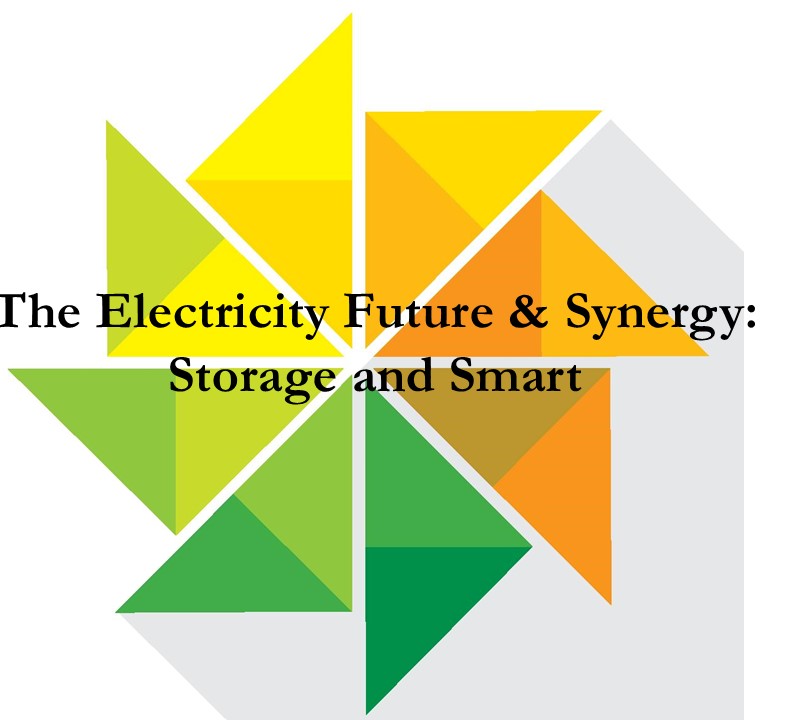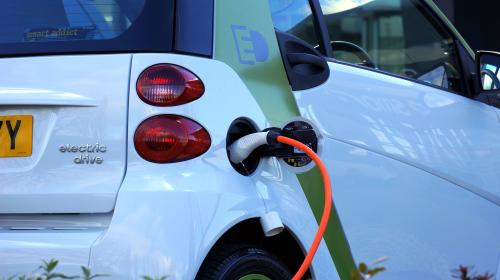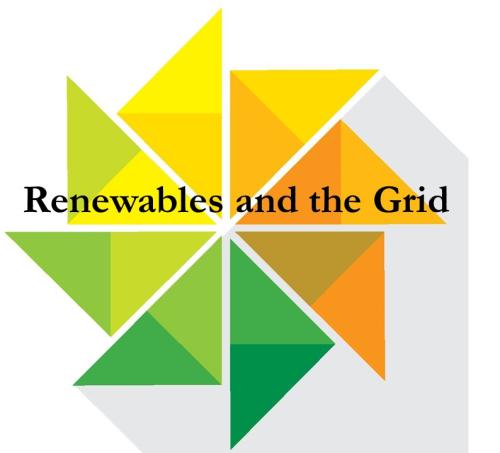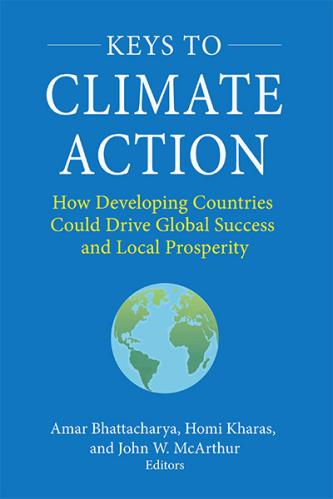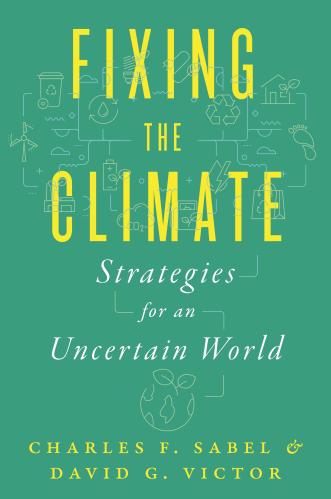Content from the Brookings Institution India Center is now archived. After seven years of an impactful partnership, as of September 11, 2020, Brookings India is now the Centre for Social and Economic Progress, an independent public policy institution based in India.
This chapter is a part of Brookings India’s edited book, “Blowing Hard or Shining Bright? Making Renewable Power Sustainable in India” To view the preface and table of contents, click here.
Chapter Summary:
This chapter explores the future of the grid as a Smart Grid, in particular how it can synergize with renewable power. This includes new (dynamic) pricing schemes, storage technologies, and dynamic demand management. Each of these aspects, rather, the entire spectrum of a Smart Grid needs policy support, independent of the links to increased renewable power. These include new tariff and pricing schemas, support for new technologies, and even a new framework for Smart Grid rollouts across the nation. One additional area where Smart Grids and renewables intersect is for distributed generation, including microgrids, where now power can flow upwards from the edge, instead of top-down (aka centralized delivery). This requires legal, regulatory, and safety-engineering standards and policies to materialize and scale.
Rahul Tongia is a Fellow (non-resident) with Brookings India and the Brookings Institution. He is also an Adj. Professor at Carnegie Mellon University, where he was on the faculty for over dozen years, and is the Tech. Advisor to the India Smart Grid Task Force, Govt. of India. His research is interdisciplinary, focusing on technology and policy for sustainable human development, with domain expertise in energy/electricity and IT/telecom.
The Brookings Institution is committed to quality, independence, and impact.
We are supported by a diverse array of funders. In line with our values and policies, each Brookings publication represents the sole views of its author(s).

